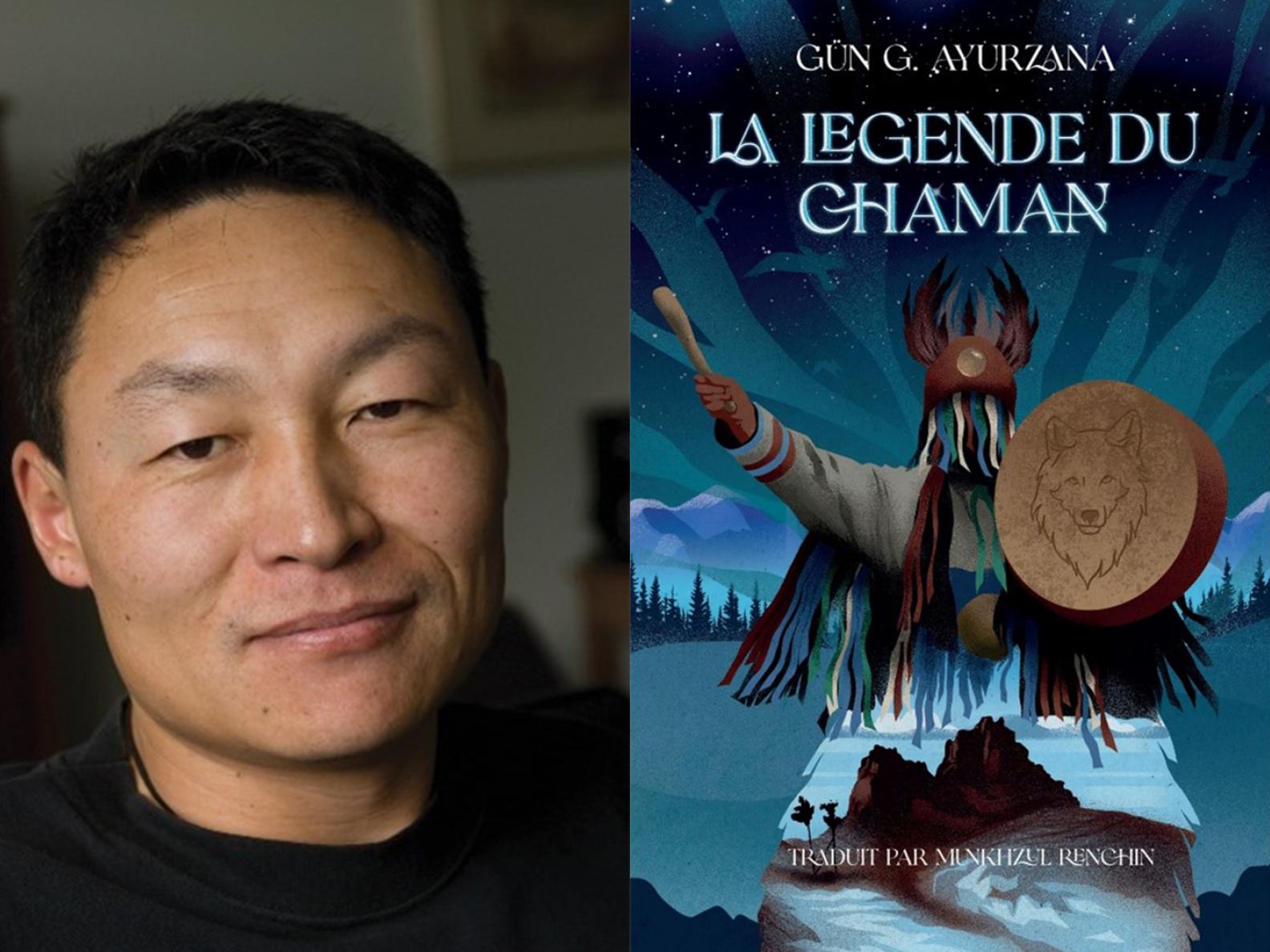Le mardi 28 mai de 14 à 16h, le Groupe Sociétés, Religions, Laïcités et la Société des études mongoles et sibériennes organisent une conférence du Dr. Jennifer Purtle (Associate Professor of Chinese and East Asian Art History, Department of Art History University of Toronto), intitulée : “Ambiguous Ground: Chinese Painting and the Sino-Mongol City”
La conférence sera en anglais
Résumé:
In the period 1276 to 1279 the Mongols conquered China, founded the Yuan dynasty (1279-1368), and began to rule over a population ethnically and culturally different from themselves. By conceptualizing Mongol rule as an abstract, dematerialized political phenomenon of limited impact in the visual field, Sinocentric histories of the arts of the Yuan dynasty have until recently rendered the Mongolian colonial project in China invisible. From the Ming dynasty (1368-1644), histories of art returned to emphasize traditional Chinese arts and foreground Chinese painting and calligraphy as a medium of resistance to alien rule. As a result, such accounts assume the primacy of Chinese culture in a Mongolian dynasty, and create an historical narrative that supports this view.
A conquest is, however, difficult to hide. This paper begins by showing how the impact of Mongolian colonial rule was made manifest visually and visibly on multiple representational grounds throughout the Yuan dynasty. The building of cities, the minting of coins, the making of Sinophone calligraphy and calligraphically-charged ink paintings, and the printing of books (as well as paper money) had long histories in China; correspondingly, these media had virtually no Mongolian histories prior to the consolidation of the Mongol empire in East Asia. Nonetheless, in China under Mongolian rule, the faces of coins, the spaces of printed pages, the picture planes of calligraphies and ink paintings, and even the fabrics of cities – what Chinese of the period would have understood to be the representational fields of indigenous media – served state-sponsored cosmopolitan culture as tools of colonial control.
Beyond asserting a Mongolian presence in traditionally Chinese media, the Sino-Mongol state also patronized, directly and indirectly, artistic vocabularies from throughout its conquered lands to propagate itself in forms neither Chinese nor Mongolian. To understand this phenomenon, the body of this paper focuses on materials from and about the city of Quanzhou on the southeast coast of China, a clearinghouse for goods and ideas from throughout the known world described by Marco Polo as “one of the two ports in the world with the biggest flow of merchandise.” By analyzing the urban form of Quanzhou, which was shaped by the cultures to which it had access through its extensive trade networks, this paper aims to recover how the Mongol state eroded the primacy of Chinese cultural forms not by replacing them with Mongolian ones, but by fostering the development of a polyglot, multicultural city. Then, this paper queries how, against the dually ambiguous grounds of language and visual form – that is, during a dynasty that promulgated the universal transcription of all of its languages into a single alphabet thus fracturing established relations of language and script, and in a local context in which state- sponsored cosmopolitan visual forms challenged strategies of interpretation by making it unclear through the lens of which culture(s) and/or language(s) a given object should be viewed – texts and images constructed and transmitted meaning in Chinese-style paintings.
Date: mardi 28 mai de 14 à 16h
Lieu : Bâtiment Recherche Nord, 5e étage, salle5.067, Campus Condorcet (14 cour des Humanités, 93322 Aubervilliers Métro Front Populaire (Ligne 12) ; RER B La Plaine – Stade de France) (pour monter au 5e étage il est nécessaire de demander un badge à l’accueil en échange de sa carte d’identité)
 (c)AMEP-IRFA village catholique, P. Caubrière
(c)AMEP-IRFA village catholique, P. Caubrière